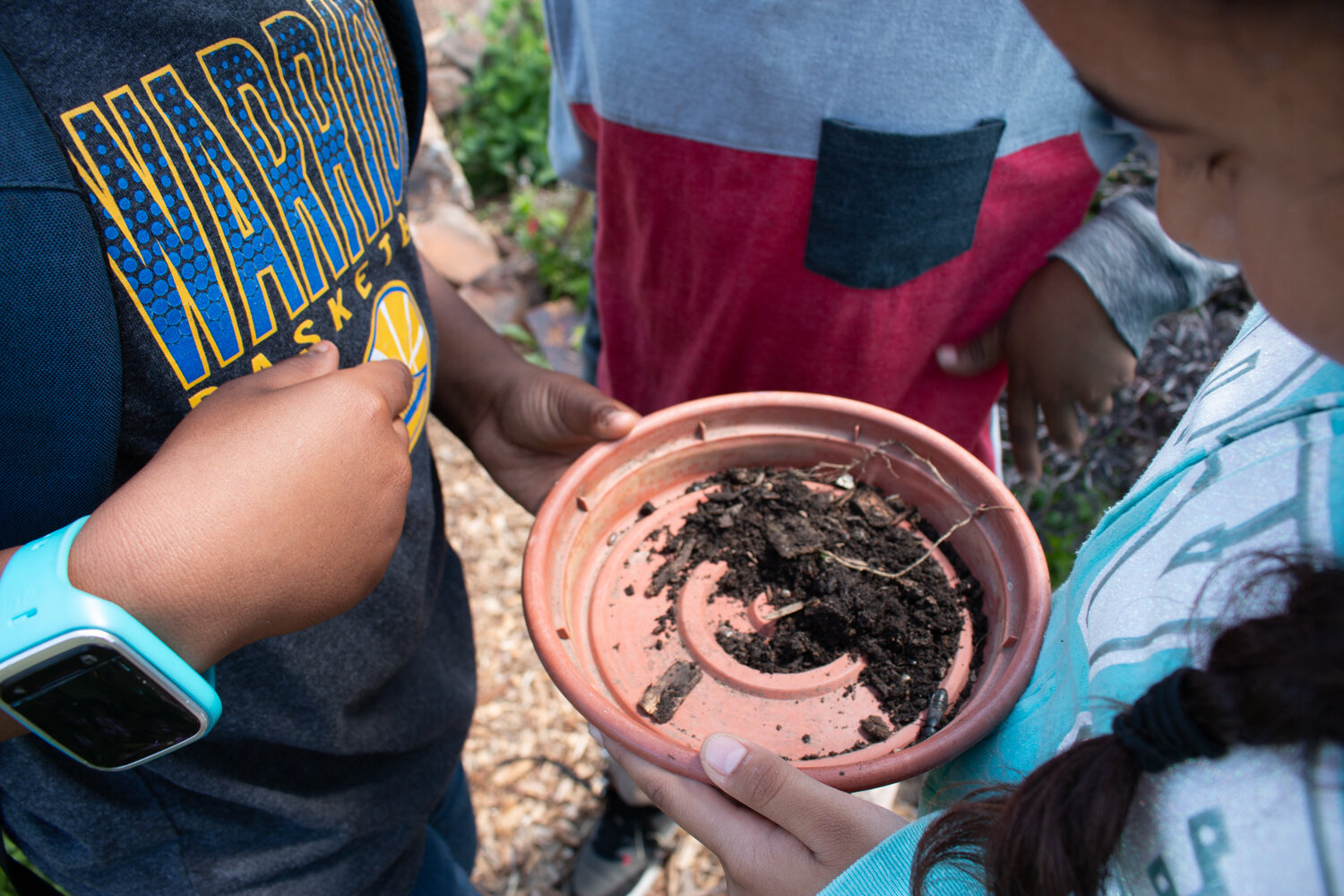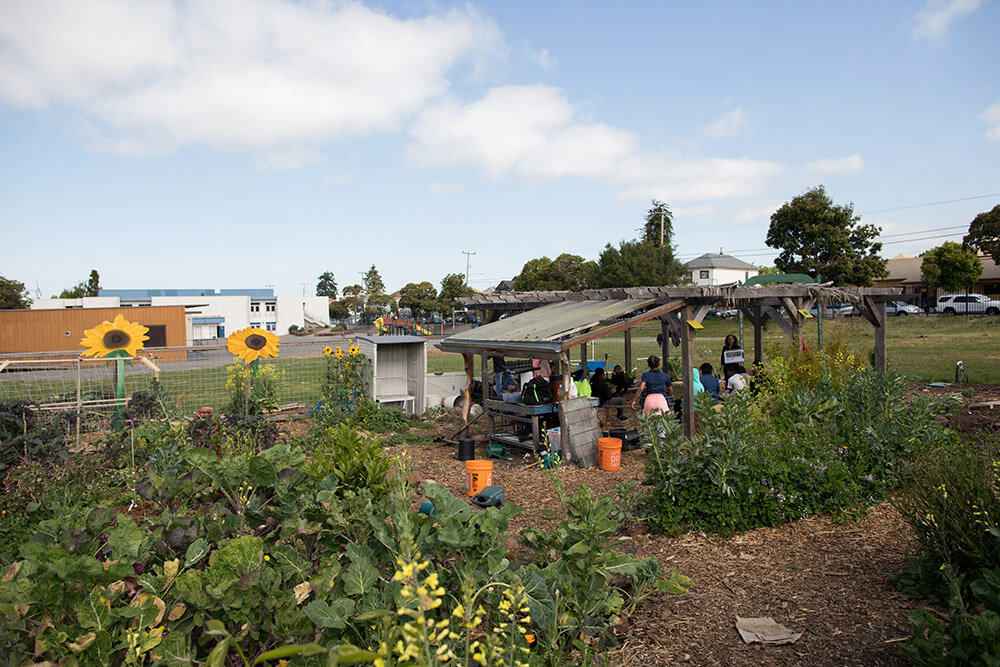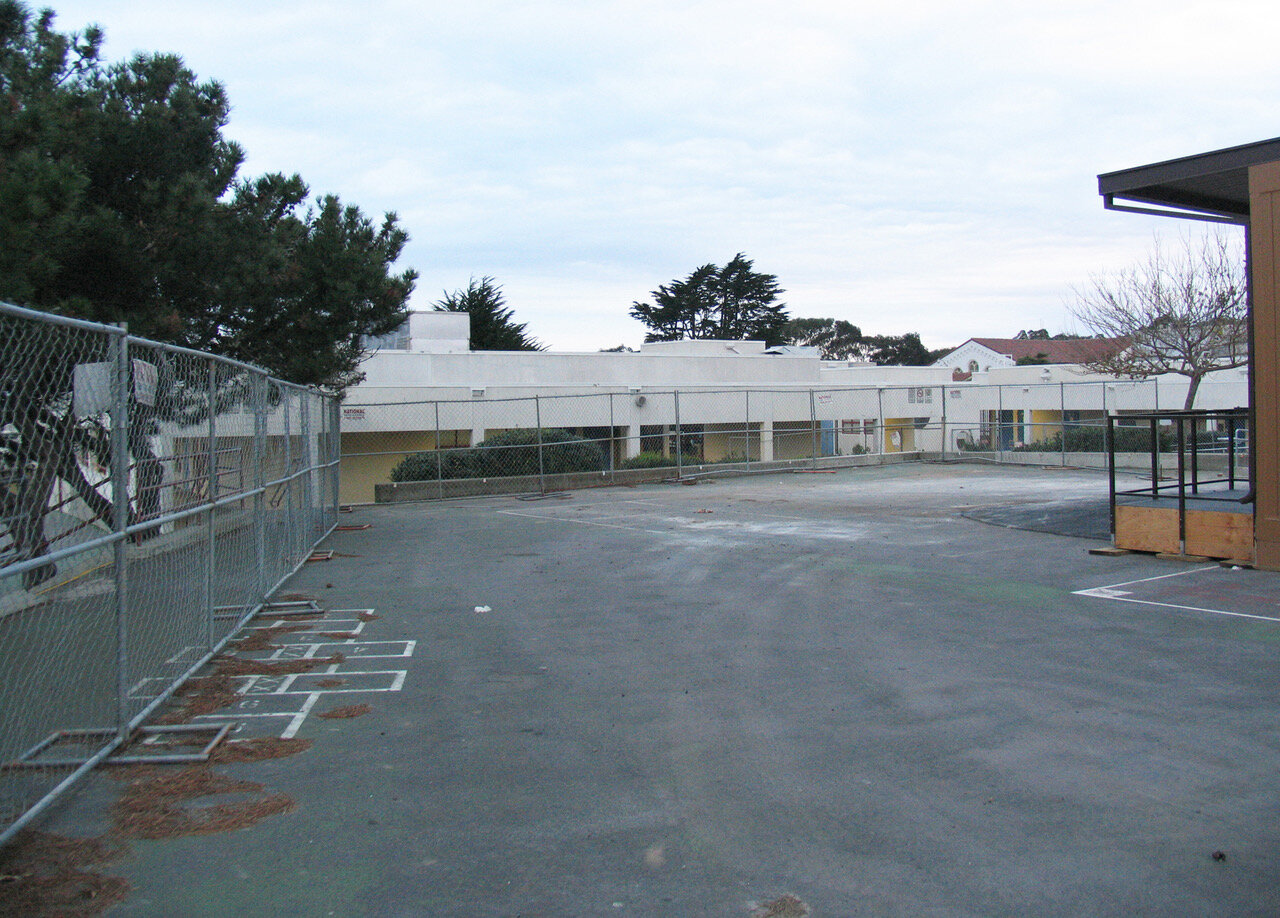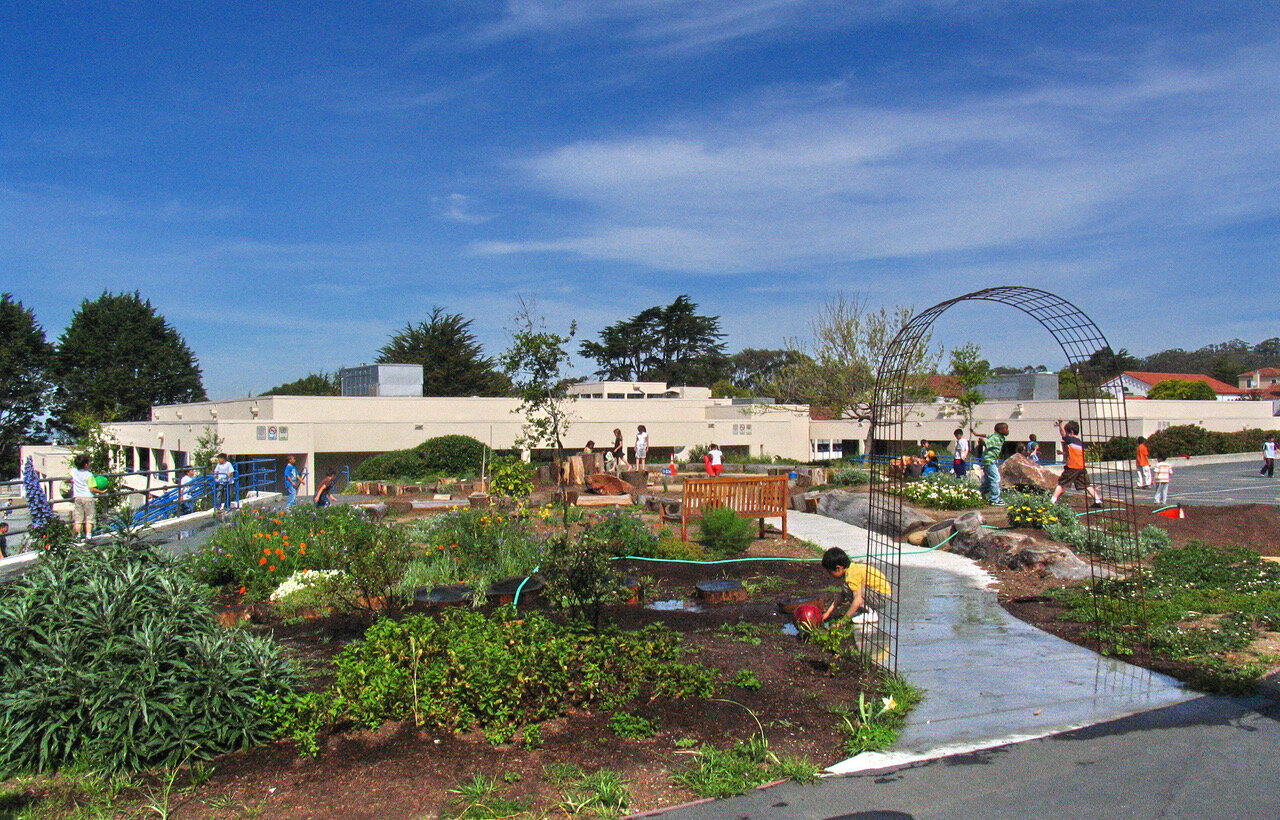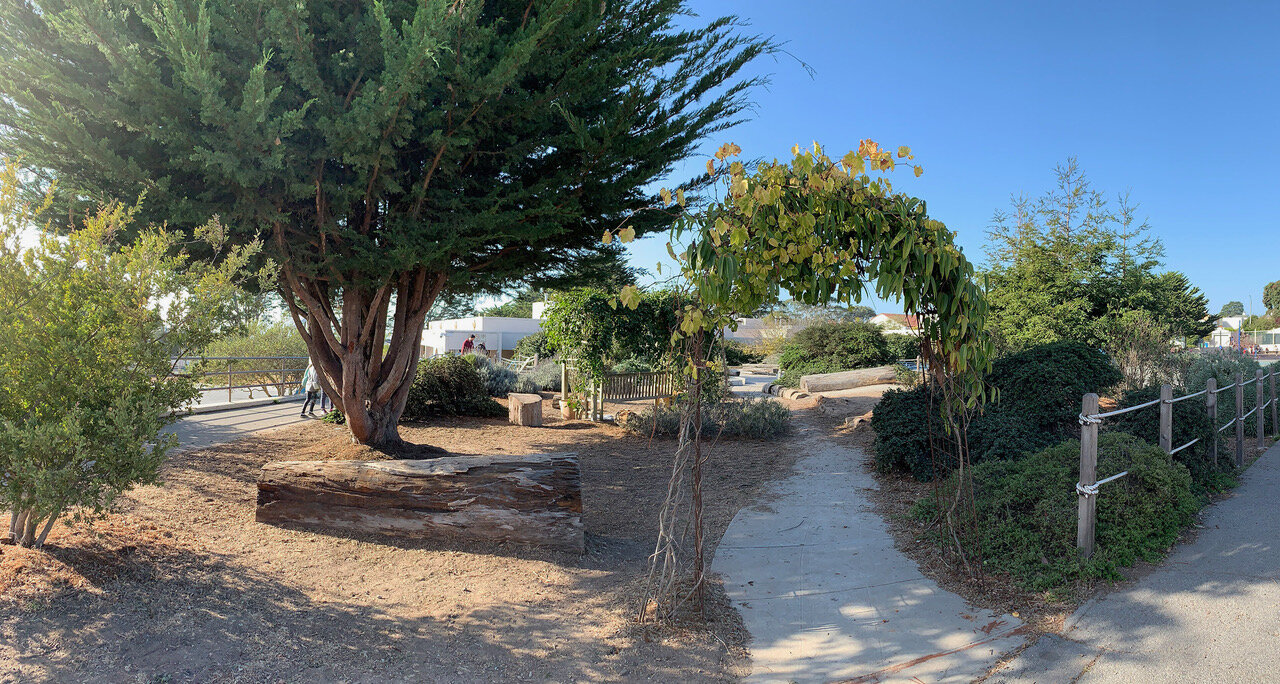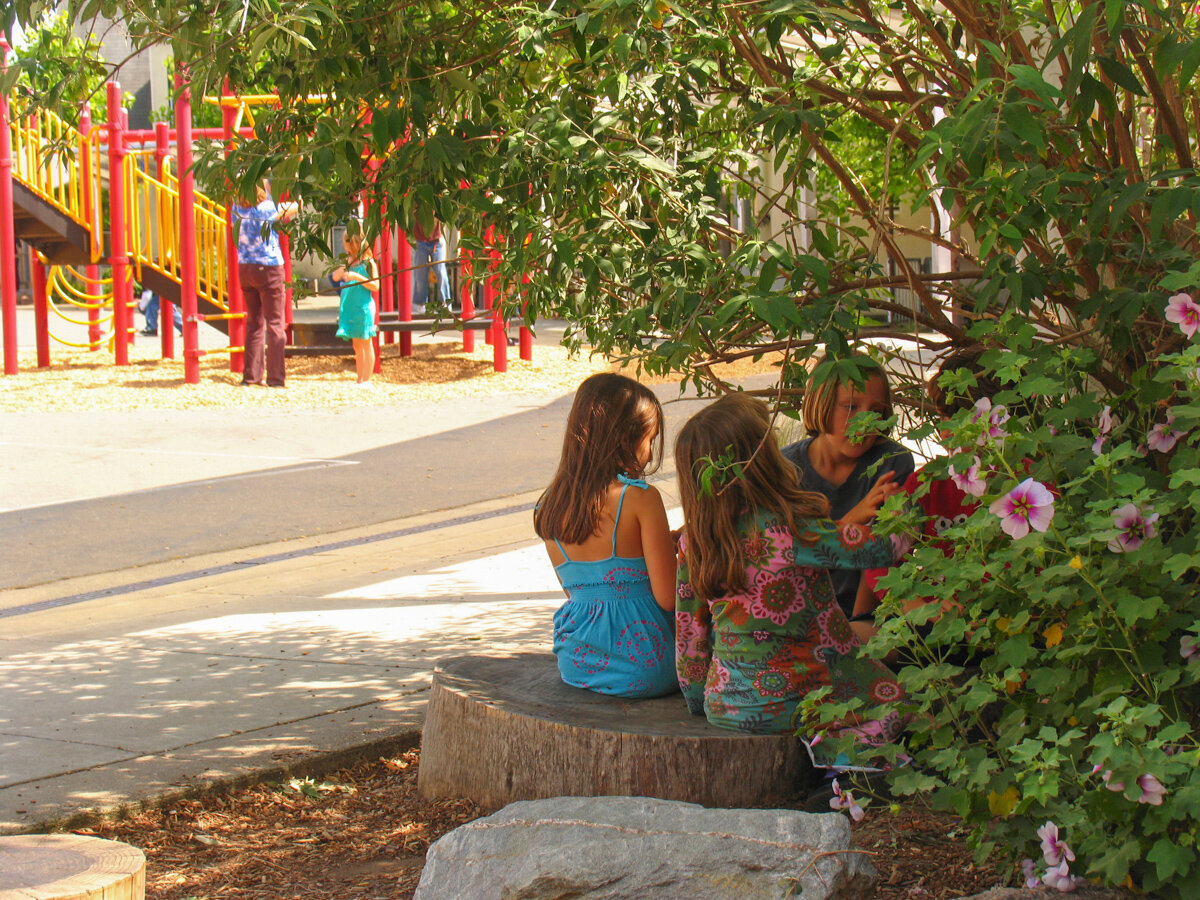It can be an uncomfortable conversation when a mother discusses birth control with her adolescent son.
But Linda, whose name has been changed for this story, was a counselor for Planned Parenthood and understood that her son should know how to avoid unplanned pregnancies.
Her son, whom we’ll call Brad, appreciated Linda’s frankness, and they became a good team when he later taught an anatomy class at a Southern California university.
Although the curriculum didn’t call for sex education, Brad would include it because he had learned from his mother how little most people discussed how to prevent unwanted births.
Linda would provide birth control devices as teaching tools for Brad’s students, 90 percent of whom were typically women.
“Often people don’t know the difference between an IUD and a diaphragm,” Brad says.
Although Linda died many years ago, her lessons about the importance of sexual education still resonate with Brad. He donates to Planned Parenthood in her memory.
Brad and his wife believe young women in the United States need a healthcare option that works for them – especially if they are young, pregnant and not ready or financially able to raise a child.
Through Brad’s regular donations to Planned Parenthood – and the giving of others – women have an opportunity to decide their direction.



